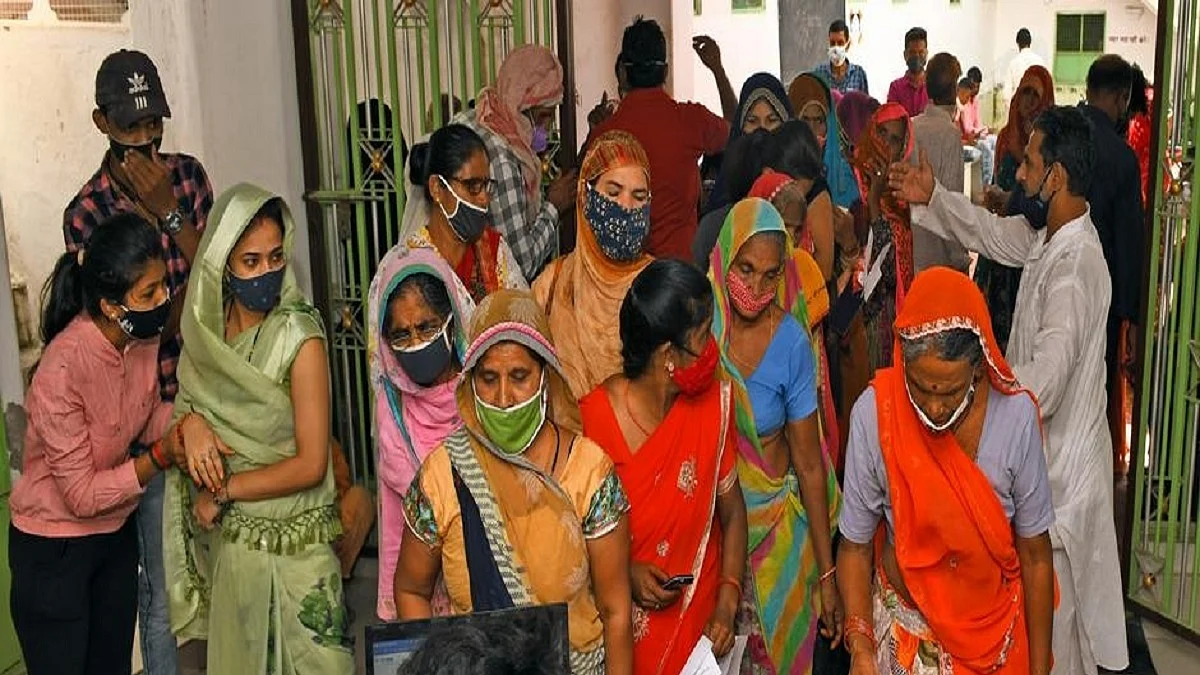It is imperative to reduce private sector’s share in vaccine pool to inoculate poor and inaccessible sections
Private vaccination will only grow inaccessible and irrelevant as the size of the well-off beneficiaries shrinks relative to that of the poor, hesitant and hard-to-reach beneficiaries

Despite a little improvement in daily vaccination numbers and the promise of increased supply, huge challenges persist in India’s vaccination drive. First, there is a sharp rural-urban disparity in per capita vaccination numbers, and second, there are intermittent “dry days” in some parts of the country when lack of supplies brings the vaccination process to a halt.
India may well be headed for a serious problem. Vaccination is indeed a function of vaccine supplies. However, there is no reason to assume that the relationship is linear. With time, despite the increase in supplies, the relative returns in the form of increasing vaccination numbers may diminish. This is due to the interplay of multiple factors. In mass public health campaigns, initial returns are often high on account of governments reaching the easily accessible sections quickly, and rapid coverage of the affluent and the non-hesitant population. But the rate of gains diminishes as the challenge of reaching the inaccessible and hesitant sections increasingly looms large.
For India, it is particularly crucial to address this issue since such a situation could be coterminus with the emergence of newer variants and fresh waves of COVID-19.
In such circumstances, incentives to promote vaccination (in addition to free or subsidised vaccines) could become crucial to speed up the vaccination drive.
In 1971, Julian Tudor Hart wrote in The Lancet about the “Inverse Care Law”, which describes an inverse relationship between the need for health care and its actual availability. In other words, those who most need medical care are least likely to receive it. Conversely, those with least need of health care tend to use health services more (and more effectively).
A similar analogy can be drawn for the COVID-19 vaccination drive. It is well known that the private market allocates vaccines inequitably, with the rich getting vaccines more easily than the poor. However, the private market also inequitably allocates incentives for vaccination.
This is visible today: Gyms, pizza outlets, and big corporate employers are increasingly offering incentives to get vaccinated. Such incentives are relevant only for a class that perhaps doesn’t even require such incentives. The vast rural and poor sections, if anything, receive subtle disincentives to get vaccinated and cliched health education messages aimed at reducing vaccine hesitancy.
The immediate implication of this is the need to reduce the private sector’s share in total manufactured vaccines that stands at 25 per cent. This will only become more important with time since private vaccination will only grow inaccessible and irrelevant as the size of the well-off beneficiaries shrinks relative to that of the poor, hesitant, and hard-to-reach beneficiaries.
However, there is no reason to believe that all will be well with public sector vaccination either. The Inverse Care Law applies, albeit weakly, to the public sector as well. Government services by default also reach easily accessible and affluent areas first, and subsequent accretions often follow the same pattern.
Further, governments are swift in rolling out negative incentives (such as penalties for non-vaccination) rather than positive incentives (such as rewards for getting vaccinated), since the former are more feasible administratively and economically. Such negative incentives, unless designed carefully, can adversely affect the acceptance of vaccines by communities.
Nonetheless, they are destined to remain important tools in the arsenal owing to their relative simplicity. Many countries in Europe have implemented such negative incentives in the form of restricted entry to public places such as restaurants, bars and movie halls.
Additionally, throwing in some positive incentives for vaccination would be necessary to ensure a judicious mix. It will be imperative to remember, however, that even government incentives will be far easier to extend to the easily accessible and well-off sections than the poor and marginalised, and careful planning must ensure that the latter are not left out.
The fight against COVID-19 is a long-drawn-out battle, and so is the endeavour to vaccinate a huge population. The closer we draw to the finishing line, the more challenging it will become. Tackling this will entail ingenuity and responsiveness on the part of policymakers.
(IPA Service)
Views are personal
Follow us on: Facebook, Twitter, Google News, Instagram
Join our official telegram channel (@nationalherald) and stay updated with the latest headlines
